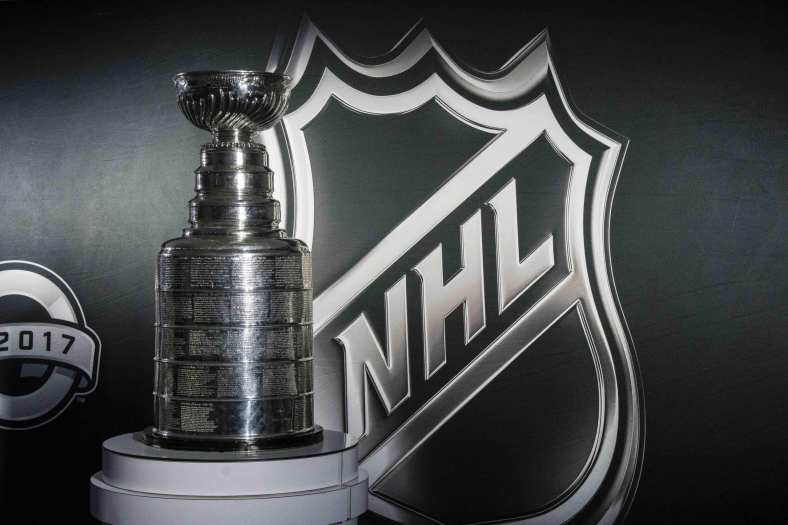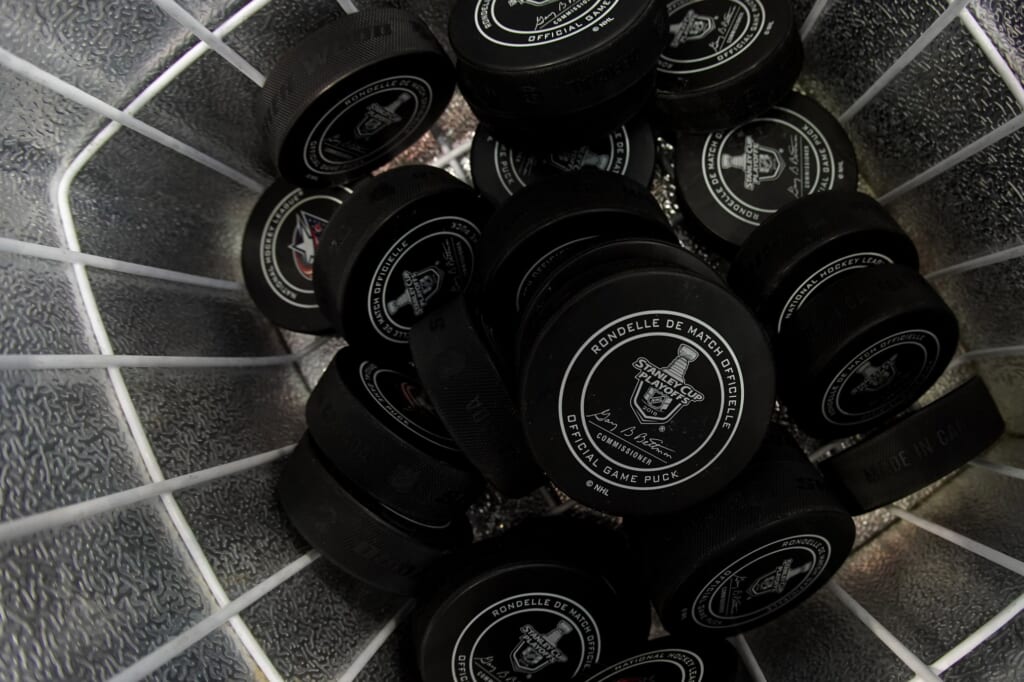
When the NHL pulled off an entire playoff run without a single COVID-19 case and without any real hiccups, fans were excited. Bubbles in Toronto and Edmonton, inconvenient for the players as they may have been, proved efficient and functional. In short, the NHL had a plan and it worked. That was until the recent NHL Collective Bargaining agreement issues.
Let us explain.
NHL Collective Bargaining Agreement (CBA)
So, fans and spectators had no reason to doubt NHL Commissioner Gary Bettman (a rare and odd sentiment) when he suggested that the NHL 2020-2021 season would begin on January 1, 2021. It would allow for a regular, full 2021-2022 season, he said, and minimize further issues going forward.
The whole thing seemed to be going well. Until the NHL decided to renegotiate the Collective Bargaining Agreement (CBA).
They extended the deal they had for six more years just four months ago while COVID was still in full swing and the playoffs were raging on. But now, the NHL seemed to have changed its mind. The league wants the NHLPA revisit critical areas in the CBA as a precursor to beginning the 2020-21 season. The league held a virtual meeting on Nov. 18 to lay out some of their asks.
Related: How NHL realignment might look
What exactly is league demanding in NHL Collective Bargaining Agreement?
Gary Bettman, the NHL commissioner, handed Don Fehr, executive director of the NHLPA, a request that the players defer an extra 13-16% of base compensation this season. This percentage would come in addition to the 10% deferral that was negotiated, and agreed upon, in July. Bettman said this ask came as a result of liquidity concerns from the league.
That isn’t all they’re asking for, though. The July NHL Collective Bargaining Agreement capped escrow–a fund that would withhold a portion of players’ salaries and distribute them to the owners, if financial disparities arose–at 20% for this upcoming season. Then, in 2021-22, the cap would be set between 14% and 18% (based on hockey related revenue, which is the total amount of income of each team that gets added up and then split in half) for 2021-22. It would decrease to 10% for 2022-23, and tail off at 6% for each of the final three seasons of the deal. Of course, this accommodates Covid concerns for the league and the owners.
Now, though, the NHL is changing its mind. The league wants the union to agree to increase the escrow cap to, potentially, as much as 9.5% for those final three years of the CBA.
Related: NHL season target date at risk due to COVID-19
What would this NHL Collective Bargaining Agreement proposal mean for players?

As it stands, the 10% deferral will be given back to the players, without interest, in three equal, annual installments starting in October 2022. There is no plan for recouping the additional deferral.
The players are likely to renegotiate these figures, but let’s use the NHL league minimum as an example for what it could mean to a player. The NHL minimum salary for the upcoming season is the same as it was last season, $700,000. Deferring 10% of that leaves a player with $630,000 pre-tax salary left. Deferring an additional 14% would mean taking away another $88,200. The minimum salary player is left with $541,800 before taxes. The 18% option means deducting another $113,400, leaving the player with $516,600. Over a projected 60 game schedule, that means the NHL minimum salary player gets paid $9,030 or $8,610 (respectively) per game. Again, that’s before tax. And it doesn’t include the escrow calculation.
A quick note here: hockey related revenue (HRR) includes things like ticket sales which will definitely be impacted by Covid, so a decrease in HRR could result in a higher deferral for the players, which means they are looking at the higher end of the 14-18% range.
NHL contracts range from $700,000 to over $10 million for superstar, franchise players like Connor McDavid, John Tavares and Auston Matthews. Most guys have a salary in the middle of that range, and notable players like Patrice Bergeron and Nathan MacKinnon have taken less than their worth in recent years. Regardless of a salary, though, it’s easy to understand why the players wouldn’t be thrilled with the prospect of renegotiation.
What about the 2020-2021 NHL season?
The league knew Covid concerns would be an ongoing issue when they agreed to the CBA at the end of July. It’s tough to understand why they suddenly can’t accept the terms they agreed to four months ago, when they could have easily anticipated what would come.
The troubling part as a fan, though (especially one who doesn’t understand finances) is that, around the same time the CBA negotiations came up, a projected 60 game schedule was delivered to the NHL for approval. There has been, according to news reports, tons of conversation around health protocols, game format and schedule. The league and the union are both involved, reports say. But, sadly, no one thinks January 1st is a realistic start date for the season anymore. So, NHL fans, we must continue to wait for puck drop.